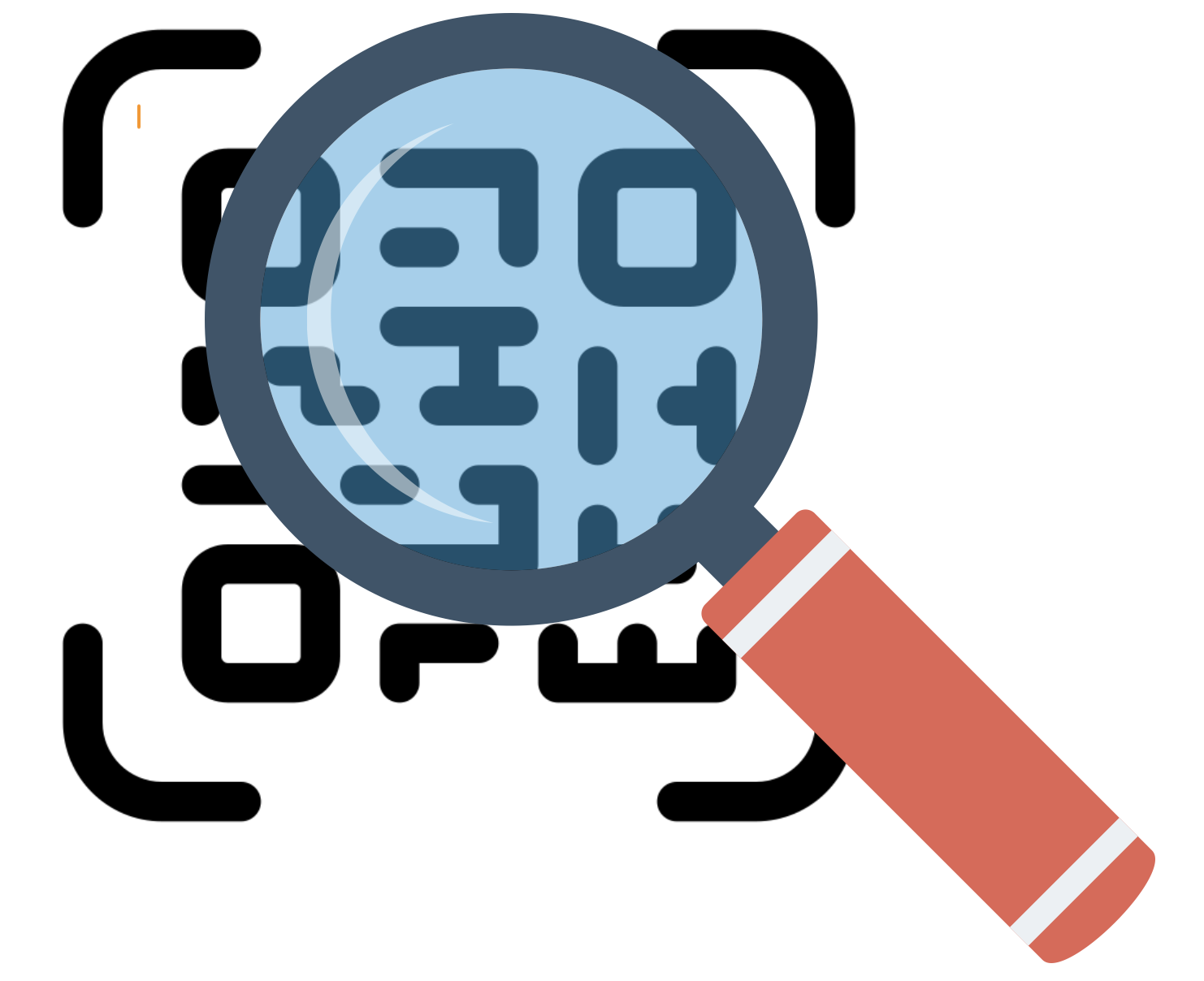
QRPh Part 4 - What is in the QR Code?
In part one of the QRPh series I looked at the history of QR payments in the Philippines, in part two I described how a transaction might be processed, and in part three I was writing about the EMV roots of QRPh. In the fourth part, I dissect the data of a dynamic merchant-presented QR code.
The QR Code was presented by a payment terminal for a retail transaction at a department store in Makati. It worked with the QRh payment function of my BPI banking application.

QRPh Part 3 - An Actual Transaction
To find out a bit more about QRPh and how it works, I was looking for a place where I can actually conduct a QRPh transactions. An opportunity presented itself last year at the Landmark Department Store in Makati. In this post I am describing the customer experience and speculate what the backend transaction flow would look like. Since then, I have done a lot of QRPh transactions which all went even better, as cashiers are getting used to this.

QRPh Part 2 - The EMV Roots
:toc:preamble
Banks and their regulators have been conditioned to believe that EMV is the global standard for card payments. It is therefore not surprising that all domestic QR payment standards, including QRPh, are based on the EMV QR specifications. For this reason, I am covering the design of the EMV specification, before I will go into the QRPh specification in one of the next posts.

QRPh Part 1 - What is it, and why does it exist
Most, maybe all, countries in South East Asia have their own national QR code standard which is usually based on the EMV merchant-presented QR standard (for instance, Cambodia (1), Singapore (2) or Vietnam (3).
The Philippines, where the standard is called QRPh, is no exception. However, as far as I know, neither the QR code part nor the backend processing part of the QRPh standard are in the public domain.
But since the QR codes out there can be analyzed based on the EMV standard, and the backend processing can be inferred from press releases and other public sources, we know quite a bit about it.
In the next couple of posts on my blog, I will look at the QR code format, the user experience, the backend processing and the EMV underpinnings.

QR Crossborder Payments in Asia
An article on aisa.nikei.com about an initiative of the Japanese government to agree on cross-border acceptance of QR codes prompted me to think about the challenges of QR payment interoperability.
